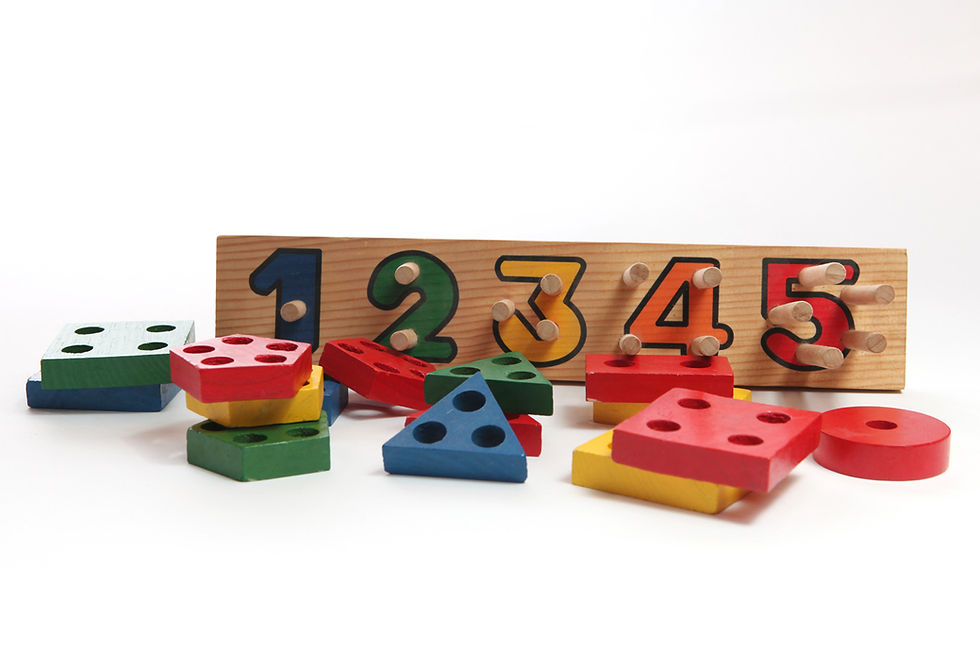Differentiate Teaching
- Kristen Koppers

- Jan 7, 2019
- 2 min read
I procrastinate on things not because I do not want to it, but I find myself doing it because I am afraid of failure or not committing to it. I started an educational book in 2015; after working on it for a bit, I put it aside and stopped writing for a few years. I began writing again and found myself repeating the same issue as before. I couldn't find a publisher, I didn't think what I wrote was worth it, and I didn't want to feel like a failure.
Despite it all, I continued to write and pursue it even if I need to do it by myself. But I found someone who was willing to take that chance with me -- hand in hand.
The idea to Differentiate Teaching is not to change the curriculum or toss it aside; it's more of an idea of how to use the curriculum and focus on my students' learning. During one of the discussions today during a meeting, two other teachers and I collaborated on how to incorporate individual reading in the classroom. I have tried it before but didn't work as I expected. But listening to her ideas, it was more student centered than teacher centered. The fact that the students were the ones to create their due dates, reading schedule, and focus reignited my vision of focusing more on student achievement.
The idea to differentiate is to not create a "cookie cutter" level of instruction but rather learn to shift (as Joy Kirr explains in her book, Shift This) the level of instruction to include all levels of learning. The goal is not to create 30 or even 150 alternative assignments to meet all the needs but to create levels of instruction for all students to succeed. In my upcoming book, I focus on differentiating instruction within the teaching profession by integrating collaboration, motivating students, and shifting the way students learn.
It's about student achievement and learning. While I may not have all the answers, I do have an idea of where I'm headed.




Comments